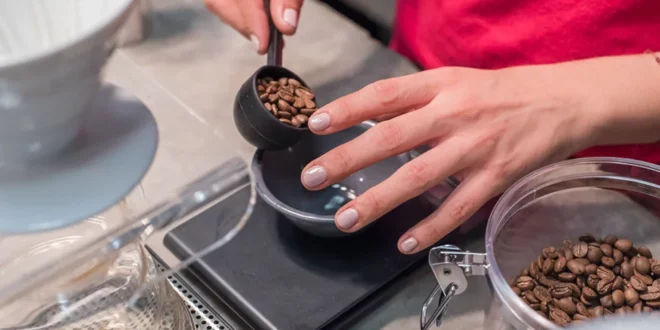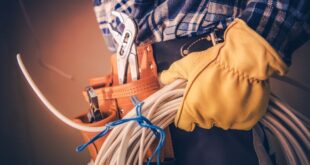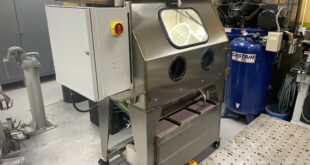Coffee brewing is an art steeped in precision and personal preference. Understanding the right amount of coffee to use can transform your brewing experience from mundane to exceptional.
This article delves into the intricacies of determining how many scoops of coffee per cup are needed, offering essential tips to enhance your coffee brewing journey.
Coffee Scoops to Cup Ratio
The core of brewing lies in the ratio of coffee to water. The general guideline suggests using one to two tablespoons per six ounces of water. This translates to about 10 grams of coffee per 180 milliliters of water.
However, these numbers are not set in stone. Personal preference plays a significant role in determining the strength of your brew. Some enthusiasts prefer a stronger brew and might opt for two tablespoons, while others might lean towards a lighter cup, using just one tablespoon.
Impact of Coffee Bean Type
The type of coffee bean you use also influences the amount needed. Light roast beans are denser and therefore require less quantity to achieve the same level of strength as a darker roast, which is less dense.
The origin of the bean can also impact the flavor profile and strength as explained by experts from Lux Cafe Club. Beans from different regions bring unique flavors and aromas, which can be accentuated or muted depending on the coffee-to-water ratio.
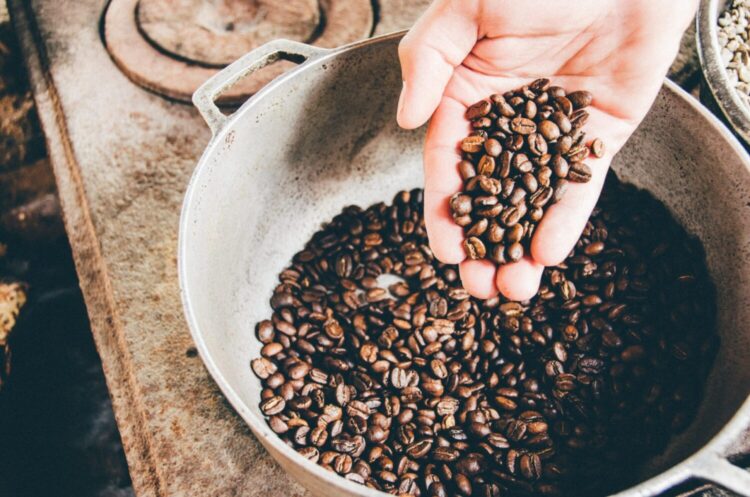
Grind Size Matters
The grind size of your coffee is another critical factor. A finer grind exposes more coffee surface area to water, resulting in a stronger brew. Conversely, a coarser grind will make a lighter cup of coffee. This is particularly important for different brewing methods. For example, espresso requires a fine grind, while a French press works best with a coarser grind.
Brewing Method Variations
Different brewing methods require different ratios. For instance, drip brew makers might follow the standard one to two tablespoons per cup guideline, but an espresso machine might require a different approach due to its concentrated nature. Similarly, cold brew, which steeps for hours, requires a higher coffee-to-water ratio due to its prolonged extraction time.
Water Quality and Temperature
The quality and temperature of the water you use can significantly impact your coffee’s flavor. Ideally, water should be clean and free of any strong tastes or odors. The temperature of the water should be just off the boil, around 195°F to 205°F (90°C to 96°C). Water that is too hot can over-extract the coffee, leading to bitterness, while water that is too cool will under-extract, resulting in a flat, weak brew.
Experimentation is Key
The perfect coffee scoop to cup ratio is subjective and can vary based on individual taste, the type of coffee bean, the grind size, and the brewing method. Experimenting with different ratios and methods is the best way to discover what works best for you.
Keeping a log of your experiments, noting the ratios, grind size, brewing method, and your impressions of the taste can be a helpful way to refine your brewing technique.
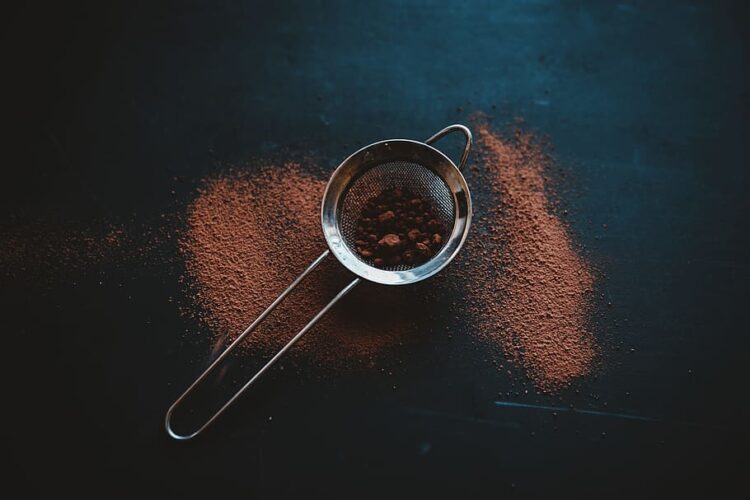
End Note
In conclusion, while there are general guidelines for how many scoops of coffee per cup, the ideal ratio is a personal choice. Factors such as bean type, grind size, brewing method, and water quality all play a role in determining the perfect cup of coffee. Experimentation and adjustment are key to finding your ideal brew, making each cup a unique and enjoyable experience.
 Hi Boox Popular Magazine 2024
Hi Boox Popular Magazine 2024
